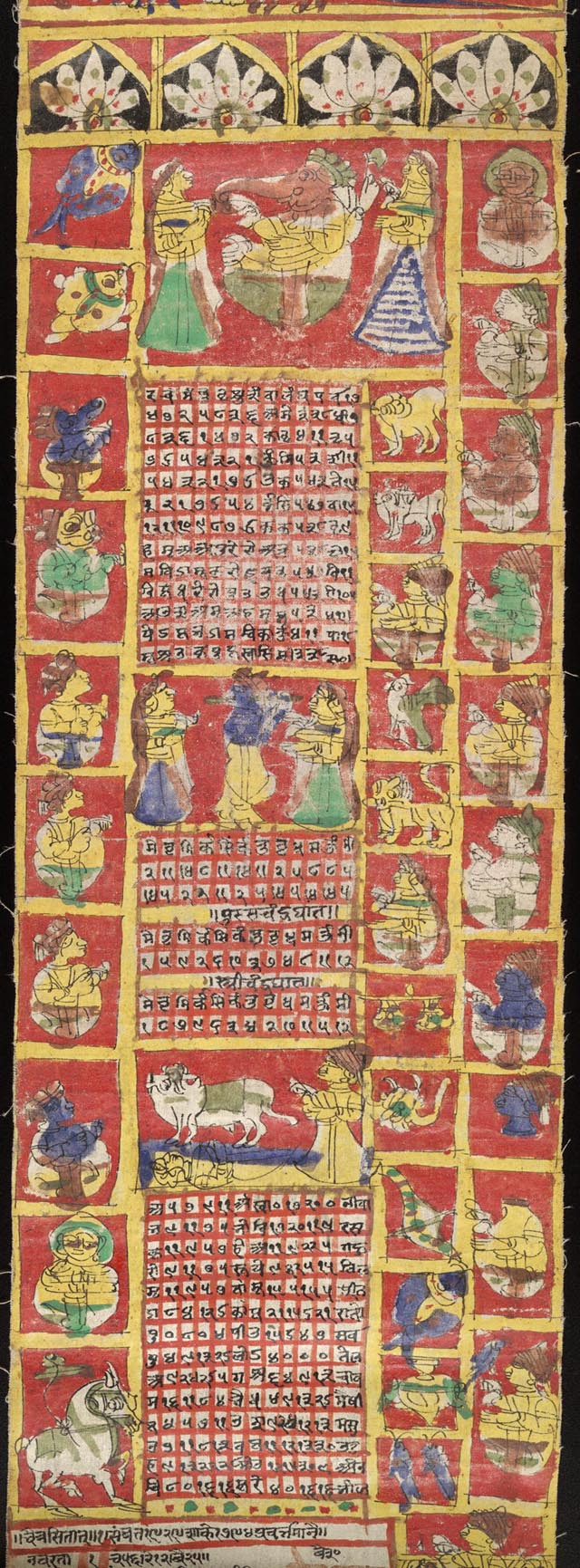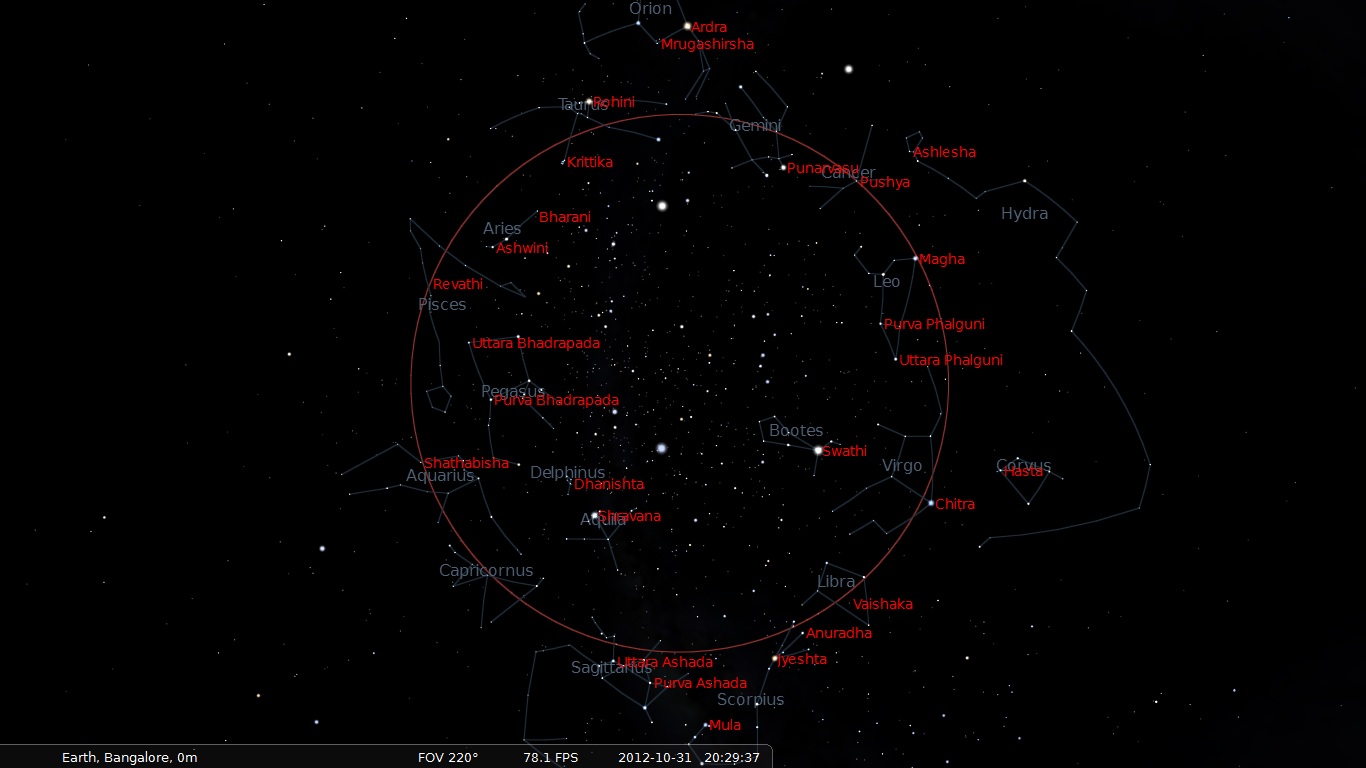|
Pancanga
A panchāngam (; ) is a Hindu calendar and almanac, which follows traditional units of Hindu timekeeping, and presents important dates and their calculations in a tabulated form. It is sometimes spelled ''Panchāngamu, Pancanga'', ''Panchanga'', ''Panchaanga'', or ''Panchānga'', and is often pronounced ''Panchāng''. Panchangas are used in Jyotisha () (Indian astrology).''Personal Panchānga and the Five Sources of Light'', by Komilla Sutton, The Wessex Astrologer, England, In Nepal and Eastern India, including Assam, Bengal and Odisha, the Panchangam is referred to as Panjika, and in the Mithila region, it is known as Maithili Panchang or Patra. Overview Panchāngams are published in India by many authors, societies, academies, and universities. Different publications differ only minutely, at least for a casual or not yet trained reader. They forecast celestial phenomena such as solar eclipses, forecasting weather (rain, dry spells) as well as more mundane occurrence ... [...More Info...] [...Related Items...] OR: [Wikipedia] [Google] [Baidu] [Amazon] |
Hindu Calendar
The Hindu calendar, also called Panchangam, Panchanga (), is one of various lunisolar calendars that are traditionally used in the Indian subcontinent and Southeast Asia, with further regional variations for social and Hindu religious purposes. They adopt a similar underlying concept for timekeeping based on sidereal year for solar cycle, solar cycle and adjustment of lunar cycles in every three years, but differ in their relative emphasis to moon cycle or the sun cycle and the names of months and when they consider the New Year to start. Of the various regional calendars, the most studied and known Hindu calendars are the Shaka era, Shalivahana Shaka (Based on the Shalivahana, King Shalivahana, also the Indian national calendar) found in the Deccan Plateau, Deccan region of Southern India and the Vikram Samvat (Bikrami) found in Nepal and the North and Central regions of India – both of which emphasize the lunar cycle. Their new year starts in spring. In regions such as Tamil ... [...More Info...] [...Related Items...] OR: [Wikipedia] [Google] [Baidu] [Amazon] |
Tithi
In Vedic timekeeping, a ''tithi'' is a "duration of two faces of moon that is observed from earth", known as ''milа̄lyа̄'' () in Nepal Bhasa, or the time it takes for the longitudinal angle between the Moon and the Sun to increase by 12 °. In other words, a tithi is a time duration between the consecutive epochs that correspond to when the longitudinal angle between the Sun and the Moon is an integer multiple of 12°. Tithis begin at varying times of day and vary in duration approximately from 19 to 26 hours. Every day of a lunar month is called tithi. Panchanga A Hindu ''muhurta'' (forty-eight minute duration) can be represented in five attributes of Hindu astronomy namely, '' vara'' the weekday, ''tithi'', ''nakshatra'' the Moon's asterism, ''yoga'' the angular relationship between Sun and Moon and ''karana'' half of tithi. ''Tithi'' plays an important role along with ''nakshatra'' in Hindus' daily as well as special activities in selecting the ''muhurta''. There ar ... [...More Info...] [...Related Items...] OR: [Wikipedia] [Google] [Baidu] [Amazon] |
Nakshatra
Nakshatra () is the term for Lunar mansion in Hindu astrology and Buddhist astrology. A nakshatra is one of 27 (sometimes also 28) sectors along the ecliptic. Their names are related to a prominent star or asterisms in or near the respective sectors. In essence (in Western astronomical terms), a nakshatra simply is a constellation. Every nakshatra is divided into four ''padas'' ( "steps"). The starting point for the nakshatras according to the ''Vedas'' is "Krittika" (it has been argued, because the Pleiades may have started the year at the time the ''Vedas'' were compiled, presumably at the vernal equinox), but, in more recent compilations, the start of the nakshatras list is the point on the ecliptic directly opposite the star Spica, called ''Chitrā'' in Sanskrit. This translates to Ashwinī, a part of the modern constellation of Aries. These compilations, therefore, may have been compiled during the centuries when the sun was passing through Aries at the time of the ver ... [...More Info...] [...Related Items...] OR: [Wikipedia] [Google] [Baidu] [Amazon] |
Surya Siddhanta
The ''Surya Siddhanta'' (; ) is a Sanskrit treatise in Indian astronomy dated to 4th to 5th century,Menso Folkerts, Craig G. Fraser, Jeremy John Gray, John L. Berggren, Wilbur R. Knorr (2017)Mathematics Encyclopaedia Britannica, Quote: "(...) its Hindu inventors as discoverers of things more ingenious than those of the Greeks. Earlier, in the late 4th or early 5th century, the anonymous Hindu author of an astronomical handbook, the ''Surya Siddhanta'', had tabulated the sine function (...)" in fourteen chapters.Plofkerpp. 71–72 The ''Surya Siddhanta'' describes rules to calculate the motions of various planets and the moon relative to various constellations, diameters of various planets, and calculates the orbits of various astronomical bodies. The text is known from a palm-leaf manuscript, and several newer manuscripts. It was composed or revised probably c. 800 CE from an earlier text also called the ''Surya Siddhanta''. The ''Surya Siddhanta'' text is composed of verses mad ... [...More Info...] [...Related Items...] OR: [Wikipedia] [Google] [Baidu] [Amazon] |
Vedic Civilization
The Vedic period, or the Vedic age (), is the period in the late Bronze Age and early Iron Age of the history of India when the Vedic literature, including the Vedas (–900 BCE), was composed in the northern Indian subcontinent, between the end of the urban Indus Valley Civilisation and a second urbanisation, which began in the central Indo-Gangetic Plain BCE. The Vedas are liturgical texts which formed the basis of the influential Brahmanical ideology, which developed in the Kuru Kingdom, a tribal union of several Indo-Aryan tribes. The Vedas contain details of life during this period that have been interpreted to be historical and constitute the primary sources for understanding the period. These documents, alongside the corresponding archaeological record, allow for the evolution of the Indo-Aryan and Vedic culture to be traced and inferred. The Vedas were composed and orally transmitted with precision by speakers of an Old Indo-Aryan language who had migrated into ... [...More Info...] [...Related Items...] OR: [Wikipedia] [Google] [Baidu] [Amazon] |
Astrology
Astrology is a range of Divination, divinatory practices, recognized as pseudoscientific since the 18th century, that propose that information about human affairs and terrestrial events may be discerned by studying the apparent positions of Celestial objects in astrology, celestial objects. Different cultures have employed forms of astrology since at least the 2nd millennium BCE, these practices having originated in Calendrical calculation, calendrical systems used to predict seasonal shifts and to interpret celestial cycles as signs of divine communications. Most, if not all, cultures have attached importance to what they observed in the sky, and some—such as the Hindu astrology, Hindus, Chinese astrology, Chinese, and the Maya civilization, Maya—developed elaborate systems for predicting terrestrial events from celestial observations. Western astrology, one of the oldest astrological systems still in use, can trace its roots to 19th–17th century BCE Mesopotamia, fr ... [...More Info...] [...Related Items...] OR: [Wikipedia] [Google] [Baidu] [Amazon] |
Meghnad Saha
Meghnad Saha (6 October 1893 – 16 February 1956) was an Indian astrophysicist and politician who helped devise the theory of Thermal ionization, thermal ionisation. His Saha ionization equation, Saha ionisation equation allowed astronomers to accurately relate the Stellar classification, spectral classes of stars to their actual temperatures. Biography Meghnad Saha was born on 6 October 1893 to a lower-caste Bengali Hindu family in the village of Kaliakair Upazila, Sheoratali in Gazipur District, Gazipur, then part of the Dhaka Division, Dacca district of the Bengal Presidency (now Bangladesh). He was the fifth of eight children born to Jagannath Saha, a poor shopkeeper, and his wife, Bhubaneshwari Devi. Due to the superstitious religious ideologies of the orthodox haughty Brahmins of the time and his childhood and career experiences of casteism, Saha developed a hatred for Hinduism from a young age. During his youth, he was forced to leave Dhaka Collegiate School because h ... [...More Info...] [...Related Items...] OR: [Wikipedia] [Google] [Baidu] [Amazon] |
Indian National Calendar
The Indian national calendar, also called the Shaka calendar or Śaka calendar, is a solar calendar that is used alongside the Gregorian calendar by ''The Gazette of India'', in news broadcasts by All India Radio, and in calendars and official communications issued by the Government of India. It was adopted in 1957 following the recommendation of the Calendar Reform Committee. ''Śaka Samvat'' is generally 78 years behind the Gregorian calendar, except from January–March, when it is behind by 79 years. Calendar structure The calendar months follow the signs of the tropical zodiac rather than the sidereal zodiac normally used with the Hindu calendar, Hindu and Buddhist calendar, Buddhist calendars. Chaitra is the first month of the calendar and begins on or near the March equinox. Chaitra has 30 days and starts on 22 March, except in leap years, when it has 31 days and starts on 21 March. All months other than Chaitra start on fixed dates in the Gregorian ca ... [...More Info...] [...Related Items...] OR: [Wikipedia] [Google] [Baidu] [Amazon] |
National Panchānga
National may refer to: Common uses * Nation or country ** Nationality – a ''national'' is a person who is subject to a nation, regardless of whether the person has full rights as a citizen Places in the United States * National, Maryland, census-designated place * National, Nevada, ghost town * National, Utah, ghost town * National, West Virginia, unincorporated community Commerce * National (brand), a brand name of electronic goods from Panasonic * National Benzole (or simply known as National), former petrol station chain in the UK, merged with BP * National Book Store, a bookstore and office supplies chain in the Philippines * National Car Rental, an American rental car company * National Energy Systems, a former name of Eco Marine Power * National Entertainment Commission, a former name of the Media Rating Council * National Motor Vehicle Company, Indianapolis, Indiana, USA 1900–1924 * National Radio Company, Malden, Massachusetts, USA 1914–1991 * National Supermarket ... [...More Info...] [...Related Items...] OR: [Wikipedia] [Google] [Baidu] [Amazon] |
Government Of India
The Government of India (ISO 15919, ISO: Bhārata Sarakāra, legally the Union Government or Union of India or the Central Government) is the national authority of the Republic of India, located in South Asia, consisting of States and union territories of India, 36 states and union territories. The government is led by the president of India (currently ) who largely exercises the executive powers, and selects the Prime Minister of India, prime minister of India and other ministers for aid and advice. Government has been formed by the The prime minister and their senior ministers belong to the Union Council of Ministers, its executive decision-making committee being the Cabinet (government), cabinet. The government, seated in New Delhi, has three primary branches: the legislature, the executive and the judiciary, whose powers are vested in bicameral Parliament of India, Union Council of Ministers (headed by prime minister), and the Supreme Court of India respectively, with a p ... [...More Info...] [...Related Items...] OR: [Wikipedia] [Google] [Baidu] [Amazon] |






